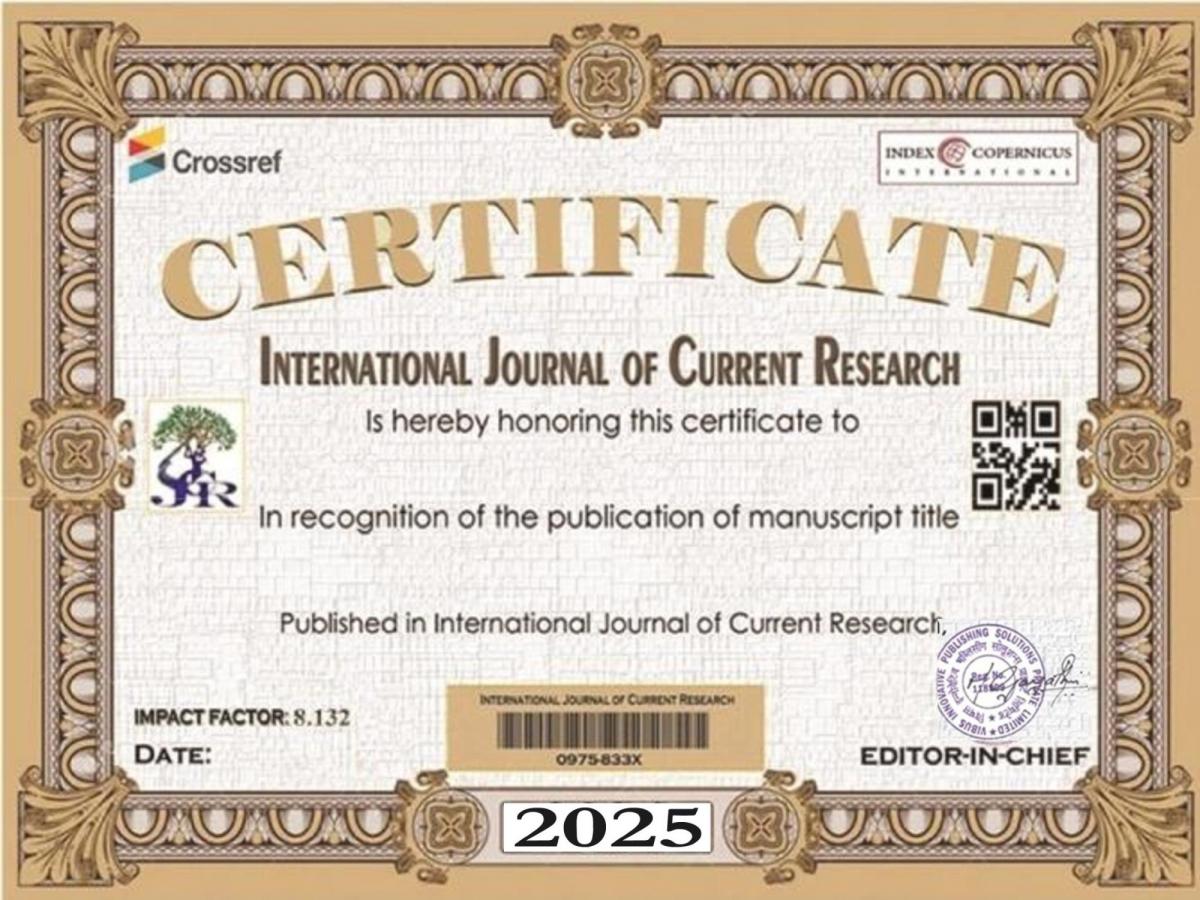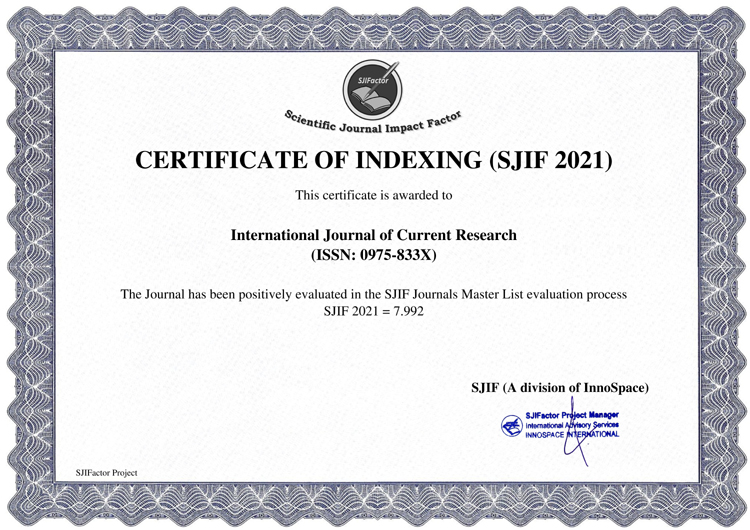Purpose: To compare the reliability of two techniques of localisation using panoramic radiographs. Methods: This study was done by collecting panoramic radiographs of 18 subjects having impacted maxillary canines. In retrospectively collected cases, the two techniques of localization are applied and position of the impacted canines is predicted. This prediction was compared with previous records. In prospectively collected cases, the techniques of localization in the panoramic radiographs were done. The canine is approached based on the prediction and the accuracy is evaluated. Results were statistically analyzed. Results: By using the angulation technique nine canines were predicted as palatal and 14 were predicted as buccaly placed. Out of 9 palatally predicted canines 4 of them were actually buccally placed. This technique shows 82.6 percent accuracy with 100 percent sensitivity and Based on the CII index values 8 canines were predicted to be palatal out of them 3 were buccally placed. Thirteen canines were predicted buccaly and all of them were found buccally placed when compared with clinical records. This shows that the magnification has got an accuracy of 86.5 percent with 100 percent sensitivity and 77.8 percent specificity. While comparing CII andCCI values, there was wide difference in the corresponding values of the CII index which made it statistically insignificant. By applying the concept of vertical resistance, 87percent accuracy, Conclusion: So to conclude, the technique of magnification proposed by Chausu showed much more accuracy (87 percent) when compared to angulation technique of Katsnelson (82.6 percent). Both techniques have 100 percent specificity and the sensitivity is also increased (77.1 percent) when magnification technique is used.





